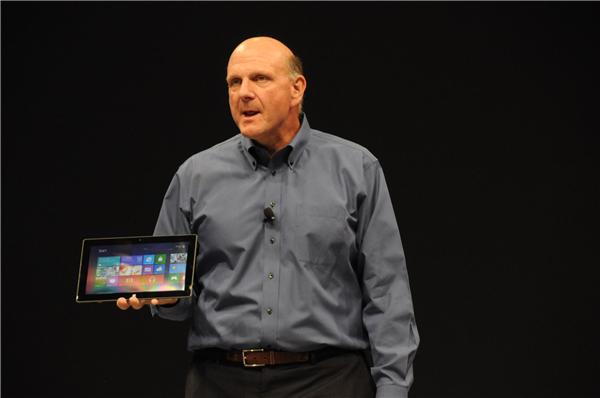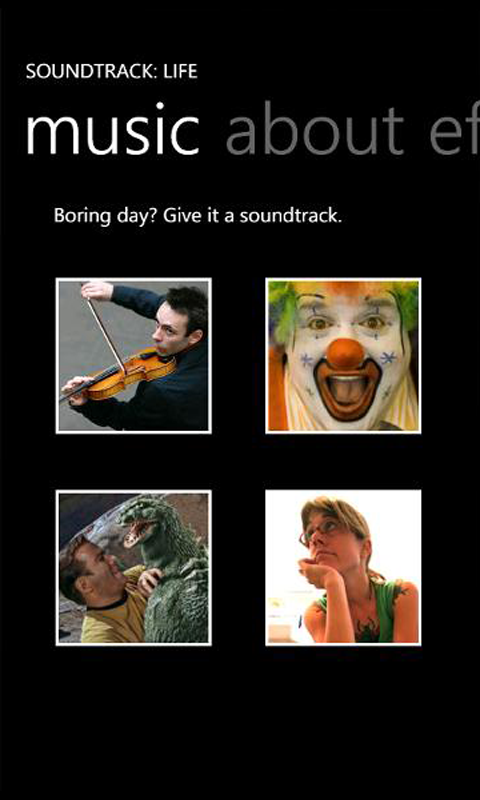I came across two interesting pieces of Microsoft news today.
Firstly, Microsoft have bought the company behind a Visual Studio plugin called UnityVS which enables developers using the cross platform game engine, Unity, to write and debug their Unity programs directly within Visual Studio. Unity has support for all the major mobile operating systems, and then some – and Microsoft is slashing the existing $99 price tag and giving it away to developers for free. (Link)
In other words
, Microsoft are investing in, and giving away for free, tools to make it easier to port games to a variety of platforms. Instead of reinforcing the old paradigm of “Windows everywhere”, they are literally helping to strengthen competitor platforms like iOS and Android.
The second piece of news was a rumour concerning a possible upcoming wearable device. (Link) Other than the first gasp-moment that it might not have a screen at all, the real news here was the rumour that the device might be compatible with Android and iOS mobile devices. This, compared with the wearable strategies of Android, iOS and Tizen (Samsung) devices, is a revolution. All the competitors mentioned here enforce a strict our-platform-only policy when it comes to their wearable offerings: the Tizen-powered Gear devices only pair with Samsung Galaxy devices, Android Wear only works with recent Android and the rumoured iWatch will of course only work with iOS devices. And here’s Microsoft with a device that could work with anything.
What does it mean? Perhaps it is a recognition of the inevitability of an Android/Apple-dominated smartphone market for the foreseeable future. Maybe it’s a strategy to increase sales: after all
, Visual Studio still costs, and it also needs Windows to run; and the sales forecasts of any wearable device that only works with Windows Phone devices could not have been good (a tiny fraction of a tiny fraction). Either way, it’s a far-cry from the Microsoft of the 90’s and 2000’s and “Windows everywhere”, and it’s certainly some more clear signs of the company’s increasing play to become services-first.


